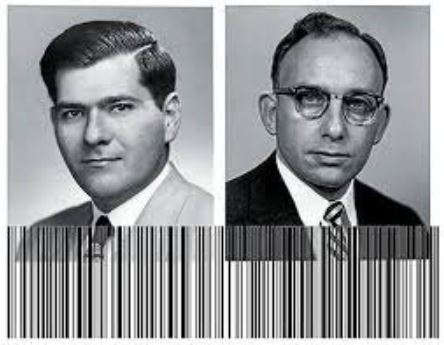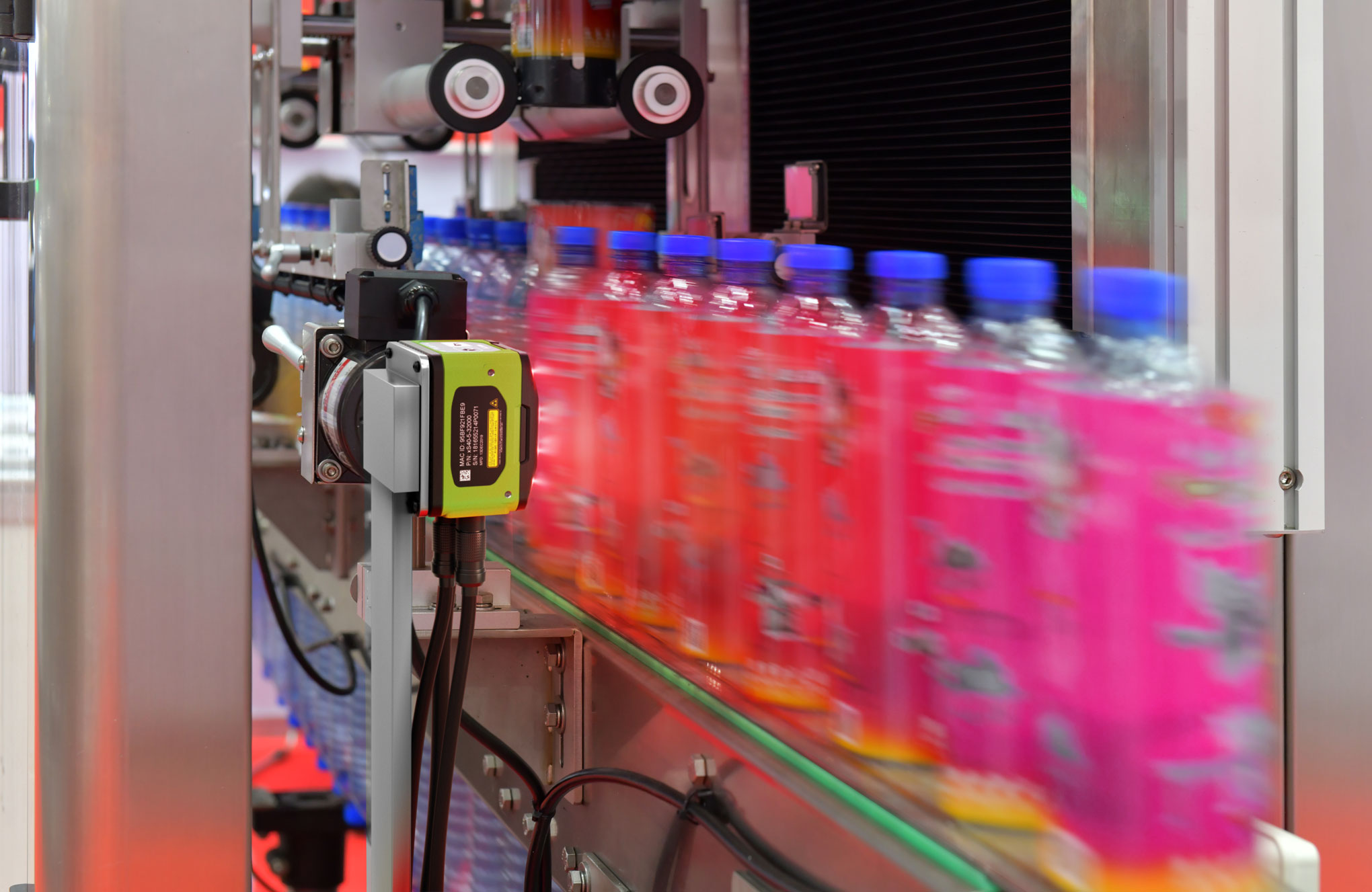Apr 21st 2022
70th Anniversary of the Barcode
In 1952, a pair of Drexel Institute of Technology graduate students patented a method for instant electronic recall of product information based on patterns of lines of varied widths. The barcode is still an enduring icon of technology that has endured the test of time seventy years later.
In 1948, the president of a grocery store chain visited Drexel in the aim of utilizing the university's technical expertise to develop a method for reading product data during the checkout process. Card reading equipment utilized in retailers at the time was big and expensive. Morse code, a system of dots and dashes used to deliver coded messages via the telegraph, provided early inspiration for the barcode.
In a Wonders of Modern Technology article, inventor Norman Joseph Woodland explained, "I merely extended the dots and dashes downwards and produced thin and wide lines out of them."
Woodland devised a method for reading the codes by shining light through the lines to a light sensitive tube on the other side, which turned the varied brightness of the light coming through the paper into electric waves that could be processed to convey information. Bernard Silver, co-inventor, designed the first coding system in the shape of a bull's eye, which could be scanned in any direction. On Oct. 20, 1949, the developers filed a patent application for the system.

Barcodes are heavily used to control the manufacturing process and play an essential part in 'supply and demand,' which includes product distribution and delivery to customers. Barcode technology is used by computer systems to track things as they are made and moved along the production line. When products are supplied to clients, barcodes are used to track their progress.
A barcode will be applied to a component or product and the barcode is read frequently as the product moves down the production line. This enables the computer system to track the progress of the product as it is constructed and quality-tested. After that, the finished product is ready for distribution. The computer system also keeps accurate records of the amount of products/units manufactured, as well as times and dates. The computer system will know exactly where the product is positioned at every stage on the production line and in retailers awaiting delivery.
Each product or box of products is assigned to a 'lorry' for distribution via the computer system. The barcode plays an important function once more. A correct address for a retail outlet or an individual client will be assigned to each barcode. The position of the product is tracked and documented as it is transported. When mailing a parcel via the mail, for example, you can check the USPS website to see where your package is in the delivery process.
Barcode scanning and the associated software has come a long way in the last 70 years. Machine vision and fixed industrial scanning systems are making it easier for manufacturing and warehouse personnel to move faster through jobs, notably in quality control processes, thanks to recent advances in design and functionality. In addition, they are saving time on new hire onboarding, system training, production, fulfillment, and shipping.
For decades, legacy machine vision systems have been viewed as difficult, perplexing, and reliant on people with a technical knowledge to operate. Workers refused to use some of them because of their intricacy, thus they were discarded.
We can improve the design and functioning of automation systems to make them more intuitive and easy to use, rather than requiring an advanced degree to operate the technology. Machine vision and fixed industrial scanning demand different skill sets to operate, understand, and benefit from them.
Whether you're anticipating Industry 5.0 or simply attempting to get orders out the door, staff need to be better equipped to execute their tasks, at the very least in terms of information. That is why, right now, industrial automation is a good investment. It will assist workers in taking more decisive action and reducing the amount of independent decisions they must make by:
- automatically determining whether a product or packaging is fit for use
- keeping track of where each item is
- informing employees when something specific needs to be done to improve a process or product quality.
However, industrial automation will only "fix" your problems if the technology is so simple to operate and administer that all personnel are equally qualified to do so. As a result, a group of brilliant engineers from around the world have been changing the design and functionality of infamously complicated legacy machine vision and scanning systems to help solve today's lingering problems and assure greater support for tomorrow's workforce.
They've used sophisticated algorithms to assess images acquired by a camera or scanner automatically, and they've trained machine vision and industrial scanning systems to make pass/fail decisions. As a result, workers are relieved of the responsibility of making the best decision. If the system detects a fault or inconsistency, it can send the information to the appropriate person for prompt action. They'll be able to tell if a label needs to be replaced, if a method needs to be tweaked, or if an investigation needs to be launched to figure out why goods are consistently defective.
Distractions and biases will no longer cloud workers' judgment, cause oversights, or lead to protracted disputes when people have different perspectives.

Engineers have also simplified hardware programming for both machine vision and barcode scanning applications, making it easier to automate the track-and-trace procedure. For example, the software that today powers smart cameras and scanners can confirm the location of a product or delivery at the same time. As a result, a worker might see if everything appears to be in order from the standpoint of fulfillment or compliance. This gives stakeholders peace of mind and enhances accountability.
Anyone who wants to benefit from industrial automation in the future will just need to install one set of hardware components and administer one software platform. And employees only need to learn one super-simple system once. The user interface and buttons remain the same whether you add new applications to the mix or opt to repurpose the cameras and scanners elsewhere in your operation. There isn't any kind of learning curve.
This is a significant victory for front-line workers, operations supervisors, supply chain partners, IT teams, and even customers who just want to trust that everything is well and be able to fix problems quickly if they aren't.
Zebra Technologies is dedicated to making machine vision as simple as possible so that the next generation of workers can feel at ease with your systems and you can fully fulfill the promise of industrial automation: enhanced operational visibility, speed, efficiency, and accuracy.
Learn more about Zebra Technologies Fixed Industrial Scanning and Machine Vision as well as the robust software included. Contact us today to use these technologies in new ways, conduct onsite testing, validate solutions alongside your employees, and fine-tune system designs based on your comments.
Sources: Drexel University; Technology Student, Zebra Technologies

